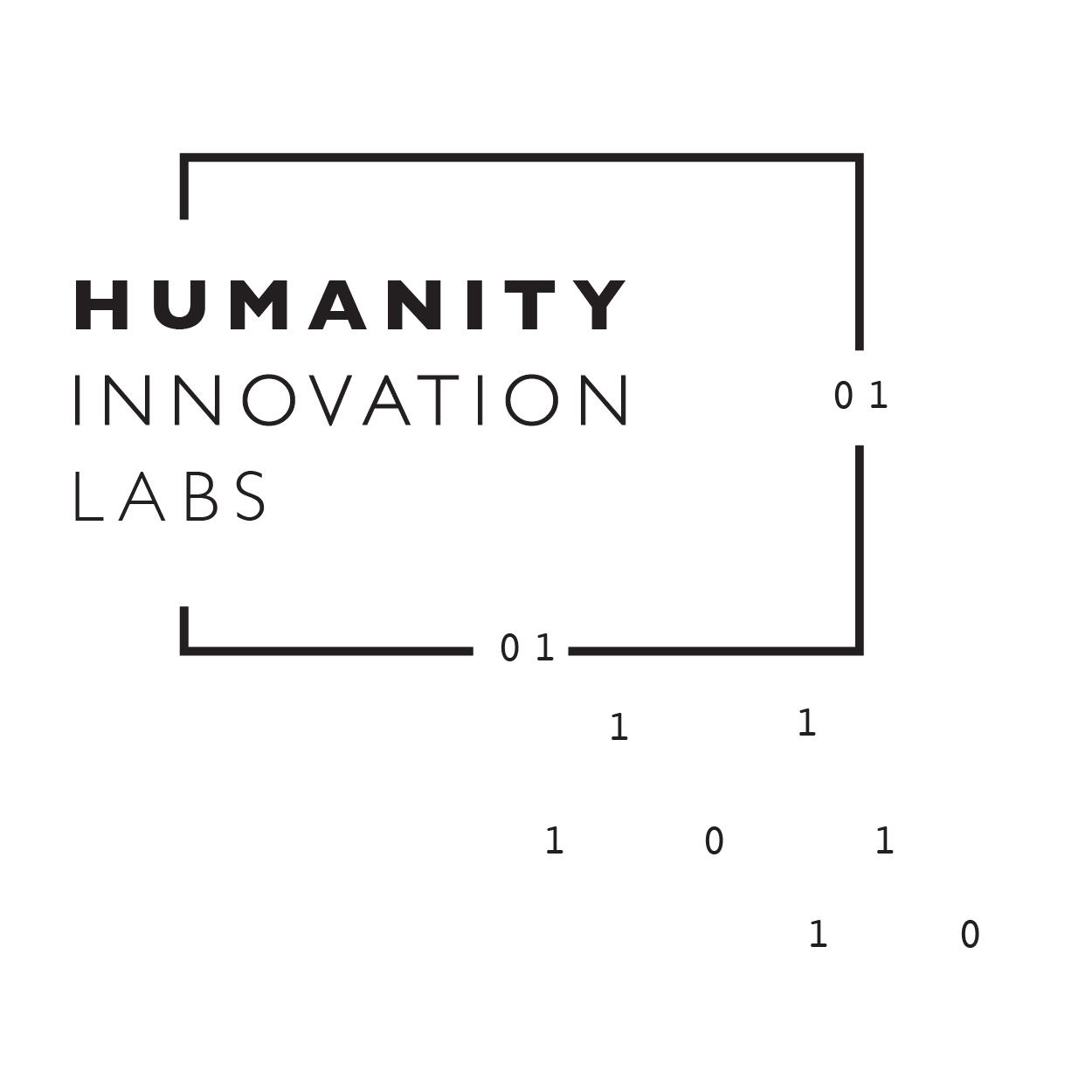A Guide to Successfully Developing an MVP
Introduction
In today's rapidly evolving technological landscape, the development of a Minimum Viable Product (MVP) is crucial for businesses looking to bring their innovative ideas to market. This guide explores the key principles behind creating a successful MVP by seamlessly integrating both hardware and software components. By following these principles, you can ensure that your IoT device not only meets the immediate needs of factory workers but also sets the stage for future advancements.
Defining Clear Objectives
To start the process of creating an MVP, it is important to clearly define the primary purpose of your device. In an industrial setting, such as a factory, identify specific pain points or challenges that your device aims to address. This could include improving communication efficiency, enhancing worker safety, or streamlining processes. By pinpointing these objectives, you can develop a focused and effective MVP.
Identifying Key Features
Once you have defined your objectives, it is essential to identify the key features that your MVP should include. In a factory setting, these features might encompass voice activation, real-time communication, noise cancellation, and compatibility with existing factory systems. By listing these essential features, you can ensure that your MVP delivers value and addresses the specific needs of factory workers.
Prioritizing Core Functionality
In order to create a minimum viable product, it is important to prioritize the core functionality of your device. Focus on determining the minimum set of features needed to deliver value and meet the primary objectives of the device. By prioritizing these features, you can ensure that your MVP remains focused and efficient, while still providing value to users.
User-Centric Design
Designing your MVP with the end-user in mind is crucial. Pay close attention to the user interface and experience, ensuring that both the device and accompanying app are intuitive and easy to use. It is important to address the specific needs and preferences of factory workers, as this will enhance the overall user experience and increase the likelihood of adoption.
Hardware Prototyping
To bring your MVP to life, develop a hardware prototype that includes all the essential components and functionalities. This could involve creating a basic version of the monitor, complete with the necessary sensors, microphones, and communication modules. By building a hardware prototype, you can test and refine the physical aspects of your device early on in the development process.
Software Prototyping
In addition to hardware prototyping, it is important to create a simple app prototype that connects to your device. Focus on developing key software features, such as voice recognition, communication interfaces, and necessary integrations with other systems. By prototyping the software, you can ensure that it functions seamlessly with the hardware and provides a complete user experience.
Iterative Development
Adopting an iterative development approach is crucial for the success of your MVP. Build, test, and gather feedback from users throughout the development process to make continuous improvements. This allows you to refine both the hardware and software components based on real-world usage and feedback, ensuring that your MVP meets the needs and expectations of factory workers.
Scalability and Compatibility
Consider scalability and compatibility when developing your MVP. Ensure that your IoT device can seamlessly integrate with existing infrastructure in the factory environment. Additionally, make sure that the software is compatible with various legacy platforms. By addressing scalability and compatibility early on, you can lay the foundation for future advancements and enhancements.
Security and Compliance
In any industrial setting, security and compliance are of utmost importance. Prioritize security measures to protect both the device and the data it handles. It is also crucial to ensure compliance with relevant industry standards and regulations. Factory workers' safety and privacy should be paramount considerations throughout the development process.
Cost Efficiency
While creating an MVP, it is important to strive for cost efficiency in both hardware production and software development. Focus on delivering value at a reasonable cost to make your product viable in the market. By considering cost efficiency, you can maximize the return on investment and increase the chances of success for your product.
Data Analytics and Insights
Implementing analytics capabilities within your MVP allows you to gather valuable insights from user behavior and device usage. This data can be used to drive future enhancements and updates to your device. By leveraging data analytics, you can gain a deeper understanding of user preferences and optimize the performance of your device.
User Feedback and Validation
Throughout the development process, it is crucial to collect feedback from users and validate assumptions. By gathering insights and making data-driven decisions, you can ensure that the final product meets the needs and expectations of factory workers. User feedback and validation play a vital role in refining and improving your MVP.
Conclusion
Creating a Minimum Viable Product for an industrial setting requires a thoughtful and strategic approach. By following the principles outlined in this guide, you can develop an MVP that effectively addresses communication challenges in a factory setting. It is crucial to define clear objectives, prioritize core functionality, and design with the end-user in mind. By adopting an iterative development approach and considering scalability, security, and cost efficiency, you can create a successful MVP that sets the stage for future advancements and meets the needs of factory workers.
If you are looking for an expert who understands how to create solutions that allow people to seamlessly interact with technology, we're here to help. Schedule a consultation with our experienced team to learn more about our research and design services. Let's shape the future of technology together!

